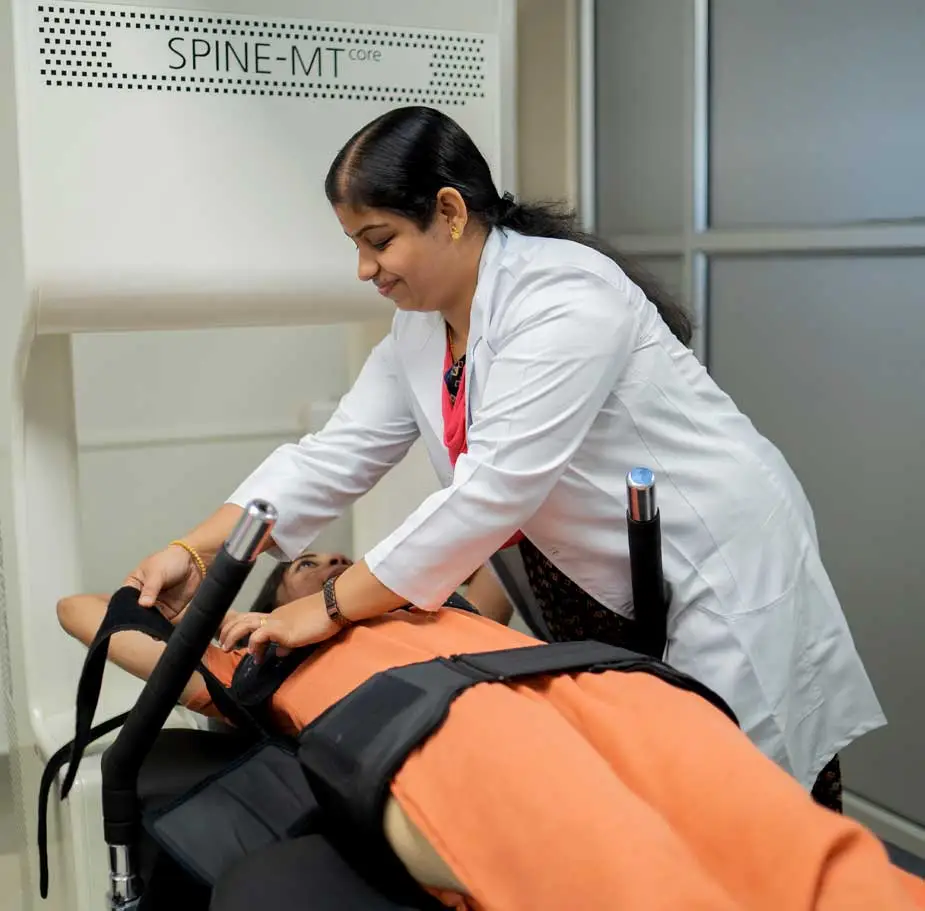Facet Syndrome
Symptoms
Symptoms of facet syndrome may include:
Aches
Burning nerve pain
Loss of mobility
Muscle spasms
Muscle weakness
Numbness
Pins-and-needles sensation
Stiffness
Bone spurs
Neck pain
Difficulty moving the head
Headaches
Radiating pain throughout upper neck, shoulders, and upper or middle back, as well as back of the head
Morning stiffness
Middle back pain
Decreased range of motion
Tightness through thoracic spine (rib area)
Pain when reaching above head or leaning backwards
Causes
The causes of facet syndrome may include:
Diagnosis
Treatments
Exercise is very helpful for a painful facet joint, and it can help you heal faster. Physical therapists can instruct you on proper lifting and walking techniques, and they’ll work with you to strengthen and stretch your muscles.
Using correct posture and keeping your spine in alignment are important things you can do to prevent further painful episodes. You may need to observe your daily standing, sitting, and sleeping habits. Reducing weight can relieve the load on the facet joints and alleviate pain.
Pain killers may relieve the pain temporarily, but it does not cure in all cases. Most of these problems may be managed without surgery with physical therapy. If it is an acute case (less than 6 months) icing is recommended to reduce the muscle ache. IFT, Ultrasound, and TENS are the electrotherapy modalities in physiotherapy management. Neural mobilization is very effective to relieve tingling and numbness to the lower limbs.
Our Spinal Wellness Program is a combination of manual and advanced therapeutic modalities, specific to individual patient conditions and diagnoses. Spinal decompression is an advanced version of traction which allows a negative pressure of -150 to -200 mm Hg to help the disc shrinks to its original shape. It applies computer-controlled pulling forces at precisely measured angles to gently distract specified spinal segments. This distraction in the joints relieves pressure within the disc and any pinched nerves which promotes the movement and absorption of fluids and nutrients in the disc space. These fluids and nutrients are adequate to maintain disc health. Progressively these mechanisms can help to relieve pain.
Back ergonomic guidance and correction is critical for proper rehab and is extremely important for backache management as it helps in preventing recurrence. This consists of proper postural habits, a proper work environment, back exercises, and modifications in activities of daily living.

